
Stable Quality Calcium Carbonate Caco3 Master Batch Filler Plastic Desiccant Masterbatch Pellets Plastics For Pp Pe Hdpe


Plastic Additive Master Batch Manufactory Masterbatch Color Compound CaO 65% Desiccant Masterbatch For Pp/pe





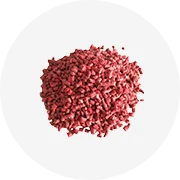
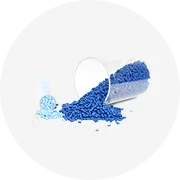

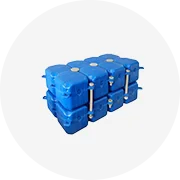
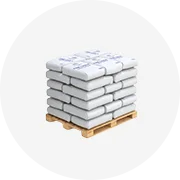

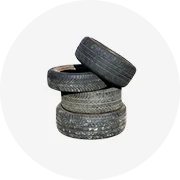
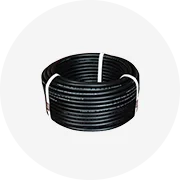

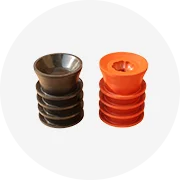
Desiccant masterbatch represents a specialized category of additives designed for the plastic manufacturing industry. These masterbatches are essential for infusing plastics with specific characteristics during the production process. A desiccant masterbatch is particularly formulated to absorb moisture, which can be crucial in enhancing the quality and durability of the final plastic product.
There are various types of desiccant masterbatches tailored to diverse applications. For instance, some are crafted for use in the food packaging industry to extend shelf life by controlling moisture. Others are suited for technical applications, such as in the production of electronic housings where moisture resistance is paramount. The versatility of these masterbatches allows for their use in a range of plastic products, from consumer goods to industrial components.
The composition of a desiccant masterbatch often includes calcium oxide or silica gel, known for their hygroscopic properties. These materials are adept at trapping moisture, which prevents the formation of mold and other quality issues in plastics. Additionally, some masterbatches are blended with additives that enhance properties such as UV resistance or anti-static behavior, further broadening their application scope.
Utilizing a desiccant masterbatch in plastic production brings several advantages. It can significantly reduce the incidence of defects caused by moisture, such as voids or brittleness. Moreover, it can improve the mechanical properties of plastics, making them more robust and durable. The environmental benefits are also noteworthy, as certain masterbatches aid in making plastics more biodegradable, aligning with sustainability goals.
When selecting a desiccant masterbatch, it's important to consider the compatibility with the base resin, whether it's PP, PVC, or TPU. The right match ensures optimal performance and desired outcomes in the final product. Additionally, the specific end-use of the product should guide the selection process, as different applications may require different functionalities from the masterbatch.
In conclusion, a desiccant masterbatch is a critical component in the realm of plastic manufacturing, offering a solution to moisture-related challenges and enhancing the overall quality of plastic products. For those in the industry, a comprehensive range of masterbatch options is available to meet the specific needs of various manufacturing projects.